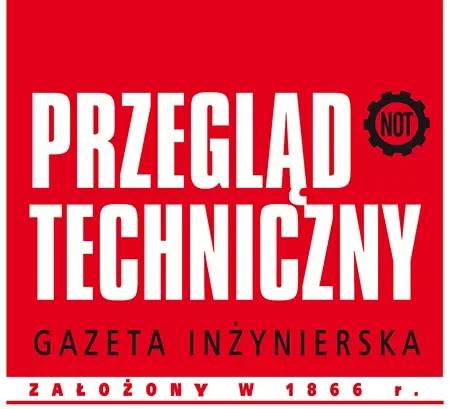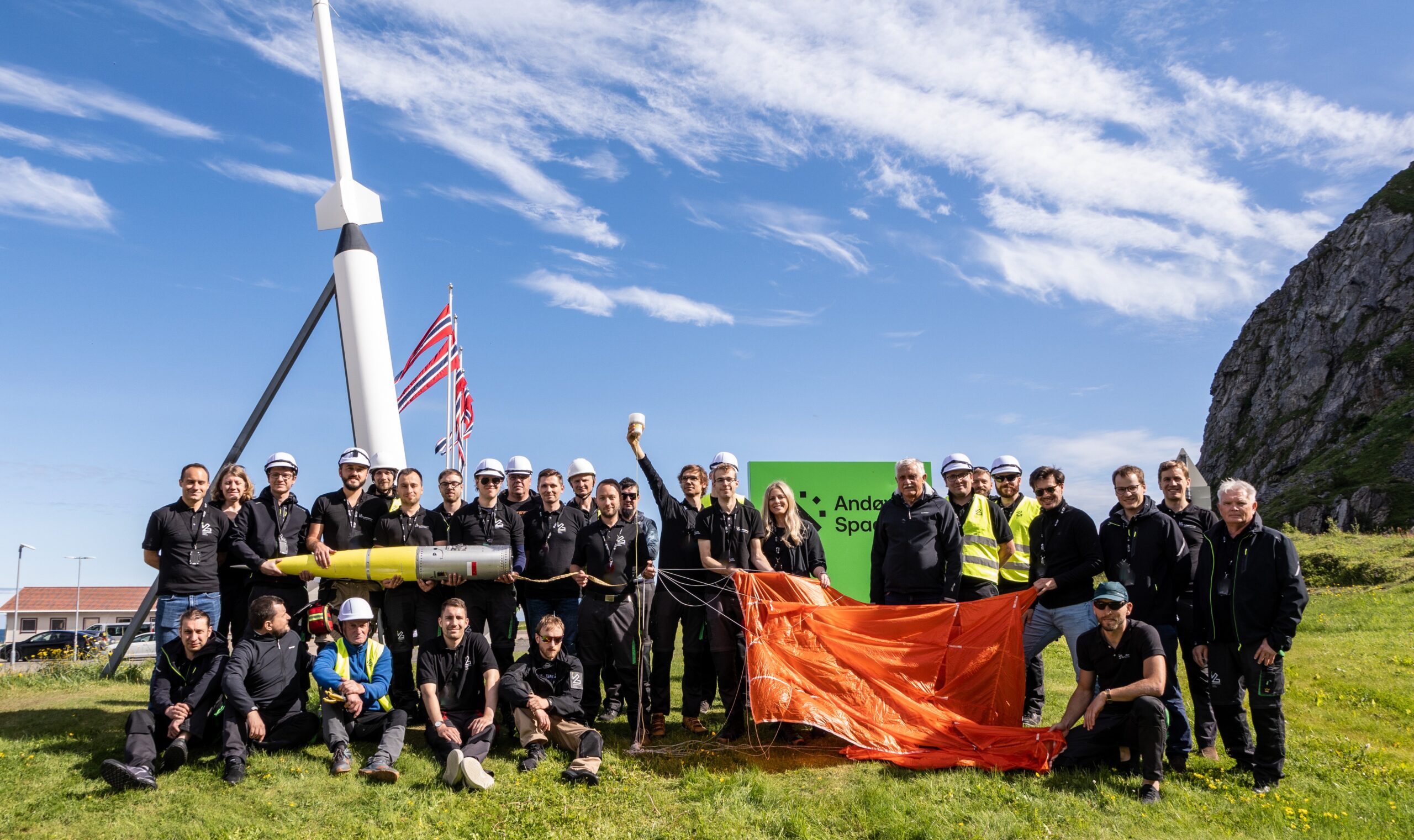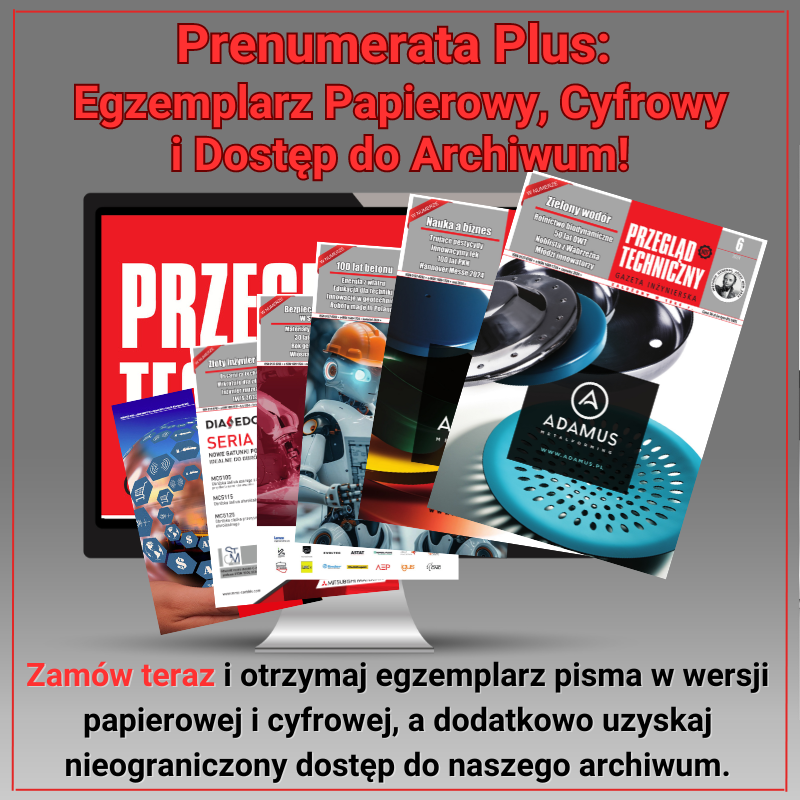July 3, 2024 at. 13:09, launched from Andøya Space Sub-Orbital in Norway, the world’s first suborbital rocket powered by 98% hydrogen peroxide reached an altitude of 101 km, i.e. space altitude. This is a historic success of the engineers from Łukasiewicz-Institute of Aviation, designers of the Polish suborbital rocket ILR-33 AMBER 2K.
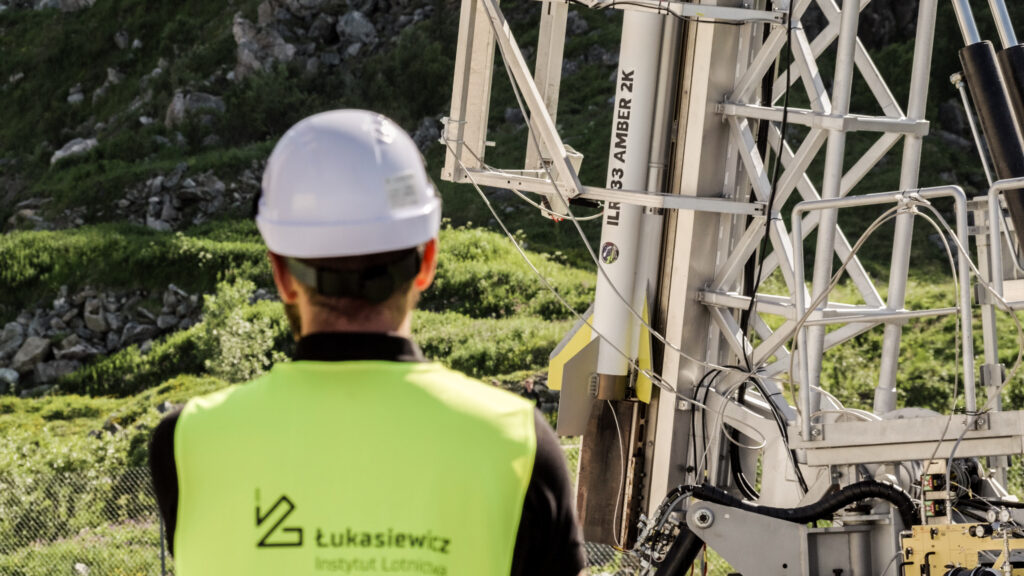
– We are proud of the fact that the project inaugurated by the late prof. Piotr Wolański’s project to develop a Polish suborbital rocket using 98% hydrogen peroxide as rocket propellant is celebrating international success. The achievement of the altitude of 101 km by ILR-33 BURSZTYN 2K is a breakthrough event in the history of Polish science and the achievements of Polish engineers in the field of space technologies. With this result, we have proven that scientists from our Institute are able to find a niche, create and implement breakthrough technologies and are pioneers in the fact that elements of sustainable development are applicable in space.– says Dr. Eng. Paweł Stężycki, director of the Łukasiewicz – Institute of Aviation.
The ILR-33 AMBER 2K rocket, developed by engineers from Łukasiewicz – Institute of Aviation, moves at a speed of nearly 1.4 km/s. Many of the technologies used in it can be successfully used in other missile systems. It is noteworthy that the warhead and the payload compartment fell into the Norwegian Sea 135 km from the launch site as planned and were recovered.
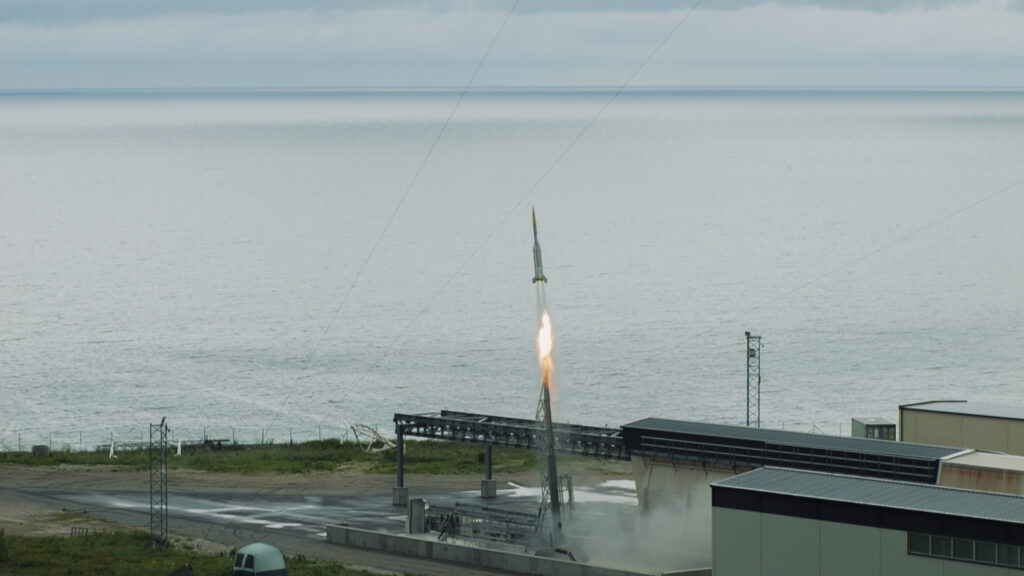
– The crossing of the space barrier by the ILR-33 AMBER 2K rocket developed at the Łukasiewicz Institute of Aviation is a historic moment. Never in our history has a Polish rocket reached such a height. This is a historic day for the Łukasiewicz Institute of Aviation, but also a historic moment for the entire Polish rocket community. It is also proof that the civilian rocket design community can effectively support military projects. I hope that this success will increase the attention of the Ministry of National Defense to the competences of Polish engineers working in civilian centers dealing with the design of suborbital rockets. – says Dr. Michał Wierciński, Vice President of the Polish Space Agency.
Where the density of the atmosphere is a million times thinner than on Earth
Following the successful 4 flight tests of the ILR-33 AMBER and ILR-33 AMBER 2K missiles, which took place at domestic training grounds, Łukasiewicz – Institute of Aviation organised a foreign missile launch mission. For safety reasons, it took place at a space centre designed for testing suborbital systems (Andøya Space) in Norway.
– The fact that the Polish suborbital rocket reached an altitude of 101 km is the result of the commitment and determination of the entire research team, responsible for both designing the space technology, as well as its testing and systematic improvement. Both the launch of the missile and the recovery of the warhead from the sea took place in accordance with the assumed mission scenario. – explains Dr. Eng. Sylwester Wyka, Deputy Director for research at Łukasiewicz – Institute of Aviation.
The achieved ceiling is the result of systematic improvements that the Institute’s engineers implemented after each test flight in Poland. This includes: enlarged auxiliary engines, a main stage hybrid engine with extended operating time, and expanded launch infrastructure, incl. WR-2 mobile suborbital rocket launcher. Additionally, the organization of flights was improved and adapted to the requirements of foreign training grounds.
– Thanks to the tests in Norway, we have proven that the ILR-33 AMBER 2K rocket is a complete and mature technical solution. The consistent implementation of the AMBER programme has meant that today we have the qualified staff and research facilities necessary to develop complex space systems, not just components or subsystems. In Poland it is possible to develop a launch vehicle that would allow for the launch of small satellites into low Earth orbit. Thus, Polish satellites could be launched using a domestic structure, providing us with independent access to orbit. This is extremely important considering the growing role of satellite data in both civilian and military applications. – says Dr. Ing. Adam Okniński, director of the Space Technologies Centre at Łukasiewicz – Institute of Aviation.
Almost 2000 kilometers to Warsaw
Organizing a foreign space mission took half a year, which was an ambitious challenge. A team of engineers and scientists from Łukasiewicz – Institute of Aviation was not only responsible for preparing the suborbital rocket for a foreign mission, but also for selecting the launch site and campaign logistics. After detailed analysis, it was decided that the tests would take place in Norway, at Andøya Space, located almost 2,000 km from Warsaw. The tests were possible thanks to cooperation with the Polish Space Agency, the Ministry of National Defence, the Ministry of Science and Higher Education, the Ministry of Development and Technology, the Ministry of Foreign Affairs and the Łukasiewicz – Institute of Organic Industry.
– The organization of the entire logistics required the transportation of not only the ILR-33 AMBER 2K rocket, which is a technology demonstrator, but also the WR-2 mobile launcher, avionics systems, infrastructure supporting the integration of the facility and propellants. It was necessary to obtain appropriate export permits and carry out safe specialist transport. – summarizes MSc. Eng. Michał Pakosz, head of the Missile Technology Department and project manager of the ILR-33 AMBER 2K project at Łukasiewicz – Institute of Aviation.
It is worth knowing that
| All design work related to the construction of the ILR-33 AMBER 2K suborbital rocket was carried out at Łukasiewicz – Institute of Aviation. ILR-33 AMBER 2K is a complete system developed on the basis of space standards. It is the world’s first suborbital rocket to use one of the most environmentally friendly propellants, i.e. hydrogen peroxide with a concentration of 98%+. We come into contact with hydrogen peroxide in our everyday lives, although at much lower concentrations. An example is hydrogen peroxide (3% solution) or perhydrol used in the chemical industry, among others. bleaching fabrics (30% solution). While hydrogen peroxide was used in rocket technology several decades ago, the technology at that time did not allow for long-term missions, which limited the scope of its application. The solution developed at Łukasiewicz – Institute of Aviation opens up prospects for the application of the propellant also in satellite platforms and other long-term space missions. |
Source: Łukasiewicz – Institute of Aviation, Polish Space Agency
